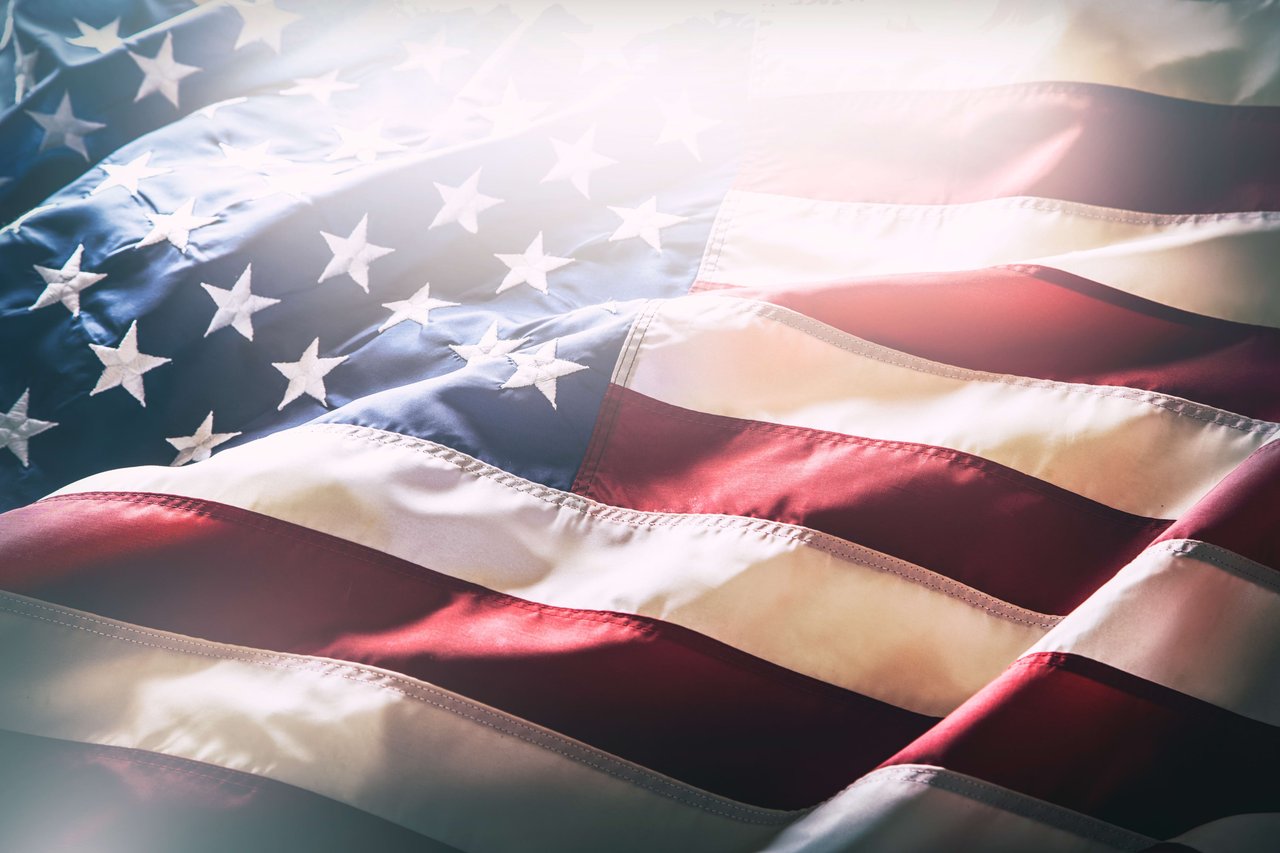Happy 4th of July! A special Thank You to all who have served to protect our freedoms as Americans. We hope you're all enjoying the beautiful BBQ weather and taking some well-deserved time off. Recently, I had the opportunity to go on a mountain biking trip in the Northern Sierras. It was an amazing experience, with snow very much still present at 7,000 feet of elevation despite the pleasant 75-degree weather. The locals informed us that they think the snow might even last through July.
Now, let's delve into the topics we'll be discussing today:
- Interest Rates
- Supply Levels
- 1 Year from The Peak
- Senate Bill 9 & 10
- Downtown Los Gatos Housing Project
Interest Rates
Since our last Q1 Update, interest rates have remained relatively stable. Following a 25 basis point (bps) rate hike on May 3rd (EFFR 5.0-5.25%), the Federal Open Market Committee (FOMC) decided to pause rate hikes in June. This pause marked the end of a 15-month cycle of continuous rate increases. However, it's worth mentioning the temporary surge in mortgage rates caused by concerns over a possible default during the debt ceiling charade in early June. The US debt has now exceeded 31 Trillion, and questions loom about federal spending and its impact on future rate hikes. For perspective, in 2022 the federal government spent $476 billion on interest costs. Which grew by 35 percent from $352 billion in 2021. The Congressional Budget Office (CBO) projects that interest payments will total $663 billion in fiscal year 2023 and rise rapidly throughout the next decade — climbing from $745 billion in 2024. It's also important to note that the interest rates on US debt are determined by the markets, not fixed by the government. The Federal Reserve's decision to increase rates puts upward pressure on the country's interest obligations for its outstanding debt. Jerome Powell has hinted at further rate increases, but the challenge lies in balancing inflation without adversely affecting the US economy.
Current Supply
As we discussed in our 2022 Year End Review, supply continues to be a significant point of discussion. Inventory levels remain below those of the previous year due to what we call the "Lock-in Effect." Even during the peak selling season, new listings in April, May, and June have been significantly lower compared to 2022.

While we did experience some weather delays in the late spring, any slight increase in inventory should be seen as a seasonal fluctuation rather than a shift in market dynamics. Unfortunately, we don't anticipate a flood of inventory in the second half of the year.
If you’re a buyer in this market, ask your agent to help you with direct mailings. Pursue off-market opportunities that meet your criteria. We have had recent success with simple letters sharing our clients needs. Selling a property on the open market is invasive and inconvenient to many homeowners. You may be surprised with the response rate. However, with that said I wouldn’t expect to find a “deal.” With inventory rates this low, prices have been on the rise and finding a home off-market that meets your criteria (with a reasonable seller) should be perceived as a win in itself.
Anniversary of the Transitioning Market, Where are we now?
May 2023 marked the one-year anniversary from the significant shift in the "Covid Market." This shift was driven by low interest rates and mass migration, including a great retirement and an exodus from the cities. Since then, companies have started calling employees back to the office for a few days a week, and mortgage rates have essentially doubled. So, where do home values stand now in Santa Clara County?

In June 2023, we observed a 3.1% increase compared to the previous year, marking the first month of year-over-year (YoY) appreciation for 2023. Our strong sales figures are fueled by low inventory levels, as the number of homes sold in June is down 32%. The stock market, led by local companies like Apple, Google, Facebook, Netflix, and Nvidia. Both factors have played a role in driving home prices higher.
Senate Bill 9 & 10
Governor Gavin Newsom signed Senate Bill 9 (SB 9), also known as the California Housing Opportunity and More Efficiency (HOME) Act, into law on September 16, 2021. However, the significant impact of this bill on local planning departments has caused delays in the review of applications. The primary objective of the bill is to simplify the process for homeowners to create duplexes or subdivide their lots, thereby promoting the construction of additional housing in single-family neighborhoods. Recently, the city of San Jose released its SB 9 checklist, which has enhanced transparency regarding the approval of SB 9 applications.
Under SB 9, homeowners are permitted to subdivide their lots and build up to four units on a single-family lot, exceeding the current limit of two units. The bill also allows the construction of duplexes on lots that are currently zoned for single-family homes. However, any new housing created as a result of this bill must meet specific qualifications, such as setback requirements, provision of one parking space per unit, and the prevention of tenant displacement. Additional units can be pursued using Accessory Dwelling Unit (ADU) legislation after the approval of the SB 9 application. An intriguing aspect of SB 9 is that homeowners are required by the state to reside in one of the resulting Assessor's Parcel Numbers (APNs) for at least three years following the lot split approval. The emphasis of this legislation is to benefit homeowners rather than developers and to create more housing opportunities.
Unsurprisingly, SB 9 has sparked mixed reactions. Some people believe that it will help alleviate California's housing crisis by increasing the housing supply. On the other hand, others fear that it will lead to the loss of single-family neighborhoods and erode the unique character of California's communities.
Downtown Los Gatos Housing Project (post office)
Keeping with the theme of mixed reactions, the town of Los Gatos Planning Department received a preliminary application for a mixed-use residential development at 101 South Santa Cruz Avenue otherwise known as The Post Office.
The project includes a 5-story building with 72 condominium units, totaling approximately 75,000 square feet of residential space and 3,000 square feet of commercial space. The project aims to replace the existing United States Post Office building on the site. Of the 72 condominiums, 57 will be market-rate units and 15 (20%) will be affordable housing for lower-income households. The application seeks the City's approval for a Tentative Parcel Map and Density Bonus. The applicant intends to submit a formal application within 180 days.
This is a result of the Housing Element Plan enacted by the state, asking communities to outline its strategy for increasing the number of residential units. Despite opposition from locals who oppose densification, the town of Los Gatos has expressed that a mix of housing types will create more opportunities for everyone. The draft plan identifies various sites for potential residential development, including vacant, underutilized, or partially vacant properties. These sites include locations in the downtown area, near the Los Gatos Lodge, along Los Gatos Boulevard, and in other areas of the town. The plan emphasizes the need for accessibility in future residential development, considering the challenges faced by the disabled population. The draft Housing Element also highlights the increasing home prices and rents in Los Gatos, making it difficult for lower-income individuals to afford housing in the community.
Thank you for reading our mid-year review. If you have any questions or would like to discuss the market or any of these subjects further, feel free to reach out.




